Ancient and veteran trees
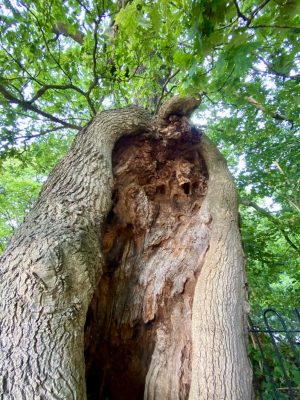
The terms veteran tree or ancient tree are often used. But what is a veteran?
A veteran tree may be defined by a combination of factors:
- its age
- its size;
- its condition;
- its history;
- its position.
Age or size by itself does not define a veteran. These factors have to be viewed in relation to 'typical' values for any given species of tree. A one hundred year old birch or willow might count as a veteran, but a one hundred year old oak or yew would be an adolescent. A tree should show some of the following features to be termed a veteran:
- the trunk should be large (for the species);
- decay holes present in parts of the trunk;
- the trunk may show signs of damage and/or bark loss;
- the canopy has some dead wood;
- fruiting bodies of fungi often present (from heart rot fungi);
- mosses and lichens are present (epiphytes);
- a rich variety of wildlife is present on/in the tree;
- the shape or position of the tree is of interest;
- the tree may have cultural or historical interest, perhaps it was used as the gallows!
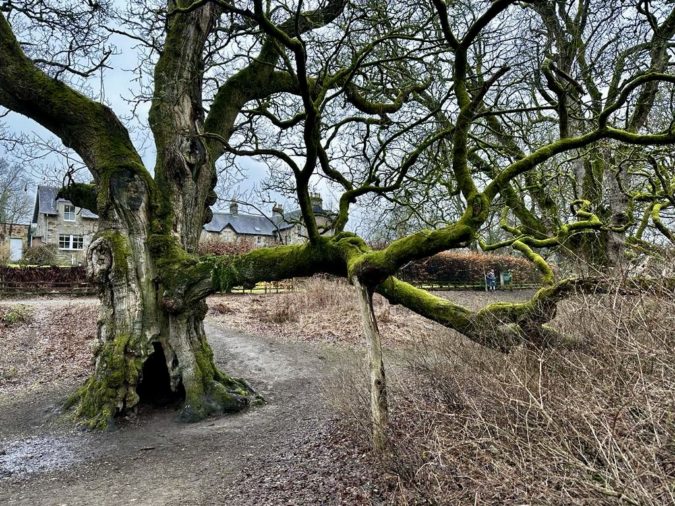
The Birnam Oak - with support
Some veterans have achieved their status through their management, for example, pollarding or coppicing. One example of ancient pollarding is the Birnam Oak. Others achieve veteran status through their position and significance - for example, yew trees in churchyards.
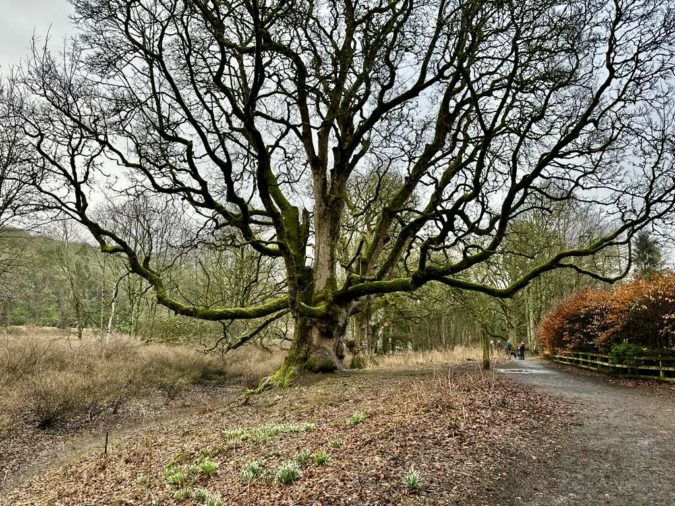
The Birnam sycamore, not as old as the Oak but still some 300 years young!
Why are these trees important to us? Well, there are a number of reasons:
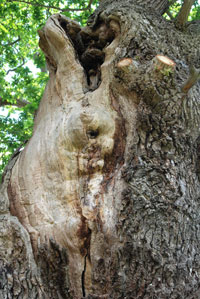
- They may be the closest descendants of the trees that formed the landscape and forests after the last ice age and represent a gene pool that could be tapped (for example, for disease resistance).
- Analysis of their growth rings can gives us information about past (local) climatic patterns.
- They provide habitats for many different species of invertebrates and fungi.
- They can provide information or evidence of former patterns of land use or management. For example, pollarded willows may chart the path of a former river (that has now run dry).
But veterans / ancient trees are often threatened. They may be felled for timber or for safety reasons (heart rot fungi etc) or simply to tidy up woodland. The management of adjacent land may pose a threat through ploughing and use of various agricultural sprays. Sometimes, disease strikes (as in the case of Dutch Elm Disease) or damage to the bark (by people or livestock) may allow pathogens to enter. Many older trees were lost in the great storm of 1987 (and 1990).
In recent times, the UK Biodiversity Action plan has recognised the importance of these mature and interesting trees and their role in managed woodlands, hedgerows and the countryside in general.
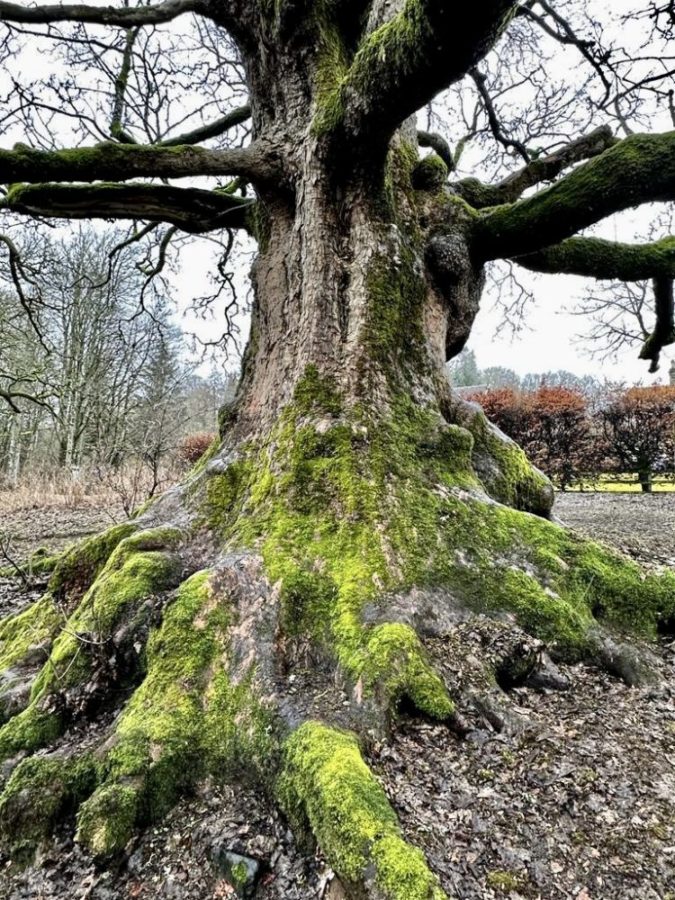
Epiphytes (lots of moss) at the base and on the branches.
Comments are closed for this post.
